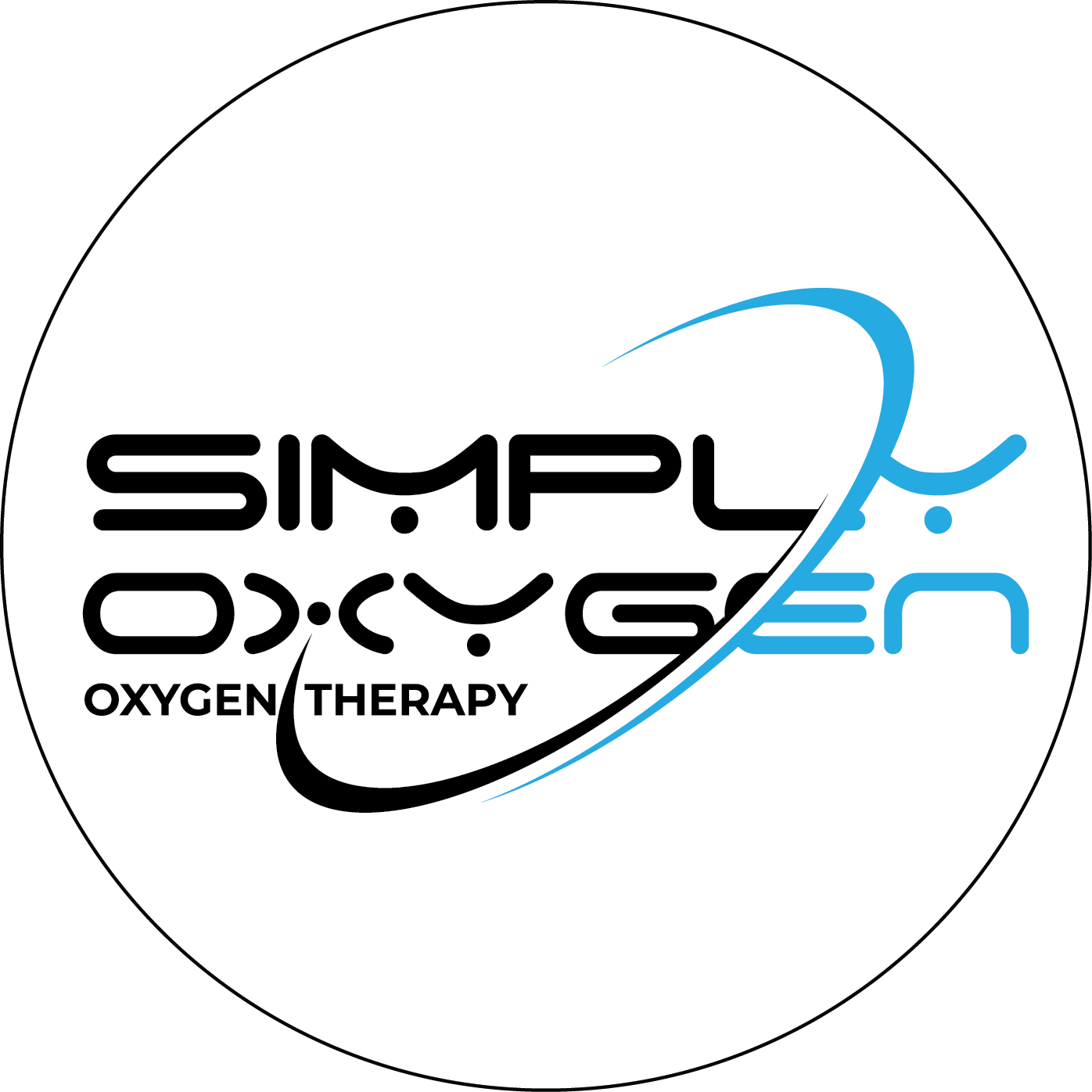Hyperbaric Oxygen Treatment (HBOT) is a medical therapy that involves breathing pure oxygen in a pressurised environment. This process increases oxygen supply to body tissues, promoting healing and combating infections.
How HBOT Works
HBOT sessions take place in special chambers where air pressure is increased up to three times the normal atmospheric pressure. Patients inhale 100% oxygen, which dissolves into the bloodstream, enhancing oxygen delivery to tissues.
Common Uses of HBOT
Medical Conditions Treated with HBOT
-
Carbon monoxide poisoning
-
Non-healing diabetic wounds
-
Decompression sickness (the bends)
-
Severe anaemia
-
Radiation injuries
Non-Medical Applications of HBOT
Some athletes and wellness enthusiasts use HBOT for recovery and performance enhancement, though these uses are not always medically approved.
Potential Complications of HBOT
Oxygen Toxicity
Breathing pure oxygen for extended periods can lead to oxygen toxicity, potentially causing lung damage and central nervous system effects like seizures.
Barotrauma
Changes in pressure can cause physical damage to air-filled spaces in the body, such as the ears, sinuses, and lungs.
Sinus and Ear Barotrauma
Ear and sinus pain or injury can result from the inability to equalise pressure.
Pulmonary Barotrauma
Pressure changes may cause lung overexpansion, leading to lung damage or pneumothorax (lung collapse).
Eye Damage (Vision Changes)
Temporary nearsightedness (myopia) or cataract progression can occur due to prolonged oxygen exposure.
Seizures
High oxygen levels in the brain can lead to seizures without warning, even in patients without epilepsy.
Lung Collapse (Pneumothorax)
Air pressure changes can cause the lungs to collapse, requiring immediate medical attention.
Claustrophobia and Anxiety
Enclosed HBOT chambers may trigger claustrophobia or anxiety in some individuals.
Hypoglycaemia in Diabetic Patients
Diabetics on insulin may experience dangerously low blood sugar levels during HBOT sessions.
Long-Term Risks of HBOT
Repeated sessions over time can increase the risk of lung damage, ear problems, and vision changes.
Factors Increasing the Risk of Complications
Pre-existing Medical Conditions
Conditions like asthma, lung disease, or heart problems heighten the risk of complications.
Age and Physical Fitness
Elderly patients or those with limited mobility may be more vulnerable to HBOT side effects.
Frequency and Duration of Treatment
Longer and more frequent sessions increase the likelihood of side effects.
How to Minimise Risks During HBOT
Medical Screening and Monitoring
Comprehensive health evaluations and monitoring during treatment help detect early signs of complications.
Proper Chamber Operation and Safety Protocols
Adherence to safety procedures reduces the risk of mechanical or operational failures.
Managing and Treating HBOT Complications
Immediate medical intervention and adjustments to treatment protocols can address most complications.
Patient Experiences and Case Studies
Many patients report significant healing benefits, but individual experiences with side effects vary widely.
Alternative Treatments to HBOT
-
Oxygen therapy via masks or nasal cannulas
-
Advanced wound care techniques
-
Hyperoxia therapy (lower-pressure oxygen therapy)
Latest Research on HBOT Safety
Recent studies are exploring safer protocols and new applications while reducing side effects.
Pros and Cons of HBOT
Pros
-
Accelerates healing
-
Fights infection
-
Non-invasive
Cons
-
Expensive
-
Potential side effects
-
Limited availability
When to Avoid HBOT
-
Pregnancy
-
Severe lung diseases
-
Recent ear surgery
-
Uncontrolled high fever
Consulting Healthcare Providers Before HBOT
A thorough consultation ensures that HBOT is a safe and effective option for each individual.
Conclusion
Hyperbaric Oxygen Treatment offers promising healing benefits but comes with potential complications. Understanding the risks, undergoing proper medical screening, and following safety protocols can minimise these risks, ensuring a safer healing journey.
FAQs
1. Is HBOT safe for everyone?
No, individuals with certain health conditions should avoid HBOT. Always consult a healthcare provider first.
2. Can HBOT cause permanent damage?
While most side effects are temporary, repeated treatments can increase the risk of long-term lung or eye issues.
3. How common are HBOT complications?
Complications are relatively rare when safety protocols are followed, but they can occur.
4. Can children undergo HBOT?
Yes, but only under strict medical supervision for approved conditions.
5. How can I prepare for HBOT?
Follow all pre-treatment instructions, manage chronic conditions, and discuss medications with your doctor.
